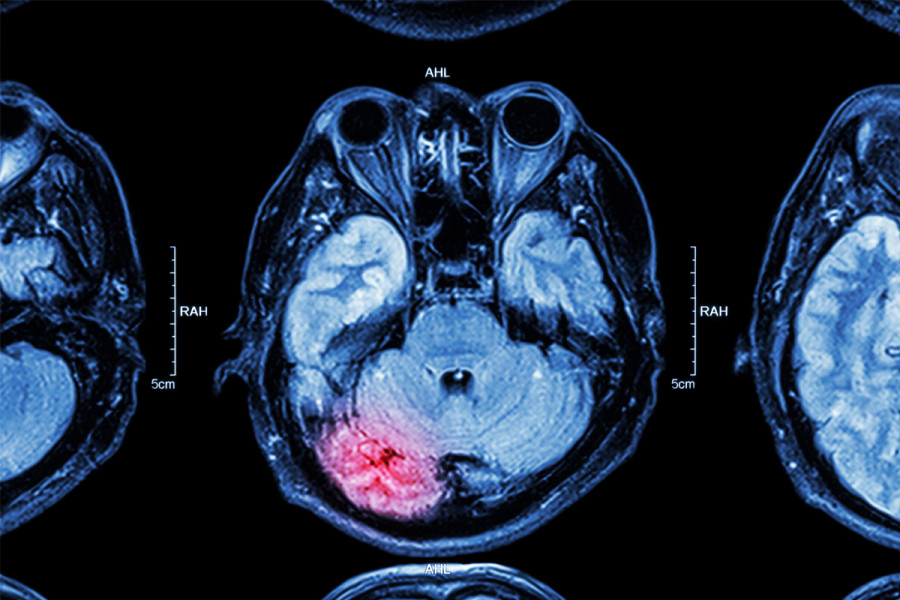I want to receive new articles by email
Treating Alzheimer’s with ultrasound
By Jerry Brownstein
Researchers at Australia’s Queensland Brain Institute have developed an innovative new approach for the treatment of Alzheimer’s using non-invasive ultrasound technology. There are currently at least 50 million people worldwide who suffer from the serious form of dementia known as Alzheimer’s Syndrome, and this startling figure is projected to rise to over 135 million by 2050. About eight million new cases are reported globally each year, and with no vaccine or specific preventative measures proven effective against it, the search to find a successful treatment has become increasingly compelling.
Many of the symptoms of Alzheimer’s are thought to be caused by two types of brain lesions: amyloid plaques and fibrillary tangles. These plaques and tangles are found in the brains of all people who have the disease, so it is assumed that they are at least part of what causes the gradually worsening memory loss and decrease in cognitive function.
Using focused therapeutic ultrasound treatment on lab mice who had these lesions, sound waves were beamed into the brain tissue by carefully breaking through the blood-brain barrier. The high speed oscillation of the waves stimulated the brain’s microglial (waste-removal) cells to become much more active. In this way, the research team were able to stimulate the body’s own ‘clean up system’ to clear out the plaques and tangles. The results were extremely positive resulting in 75% restoration of memory function in the afflicted mice with zero residual brain tissue damage.
The study has been greeted with cautious optimism by the scientific community because many treatments that work on mice prove to be ineffective for humans. Some experts are also saying that this new approach may not constitute a potential cure, but rather a possible future treatment to slow down the advancement of the disease. More will be known next year when human trials of the treatment are planned. Meanwhile, the research team was delighted with their promising results. "We’re extremely excited by this innovation of treating Alzheimer’s without using drugs," enthused Jürgen Götz, co-author of the groundbreaking study.






